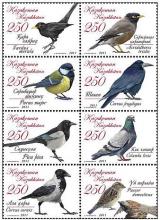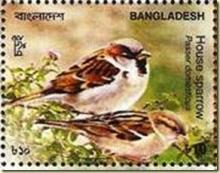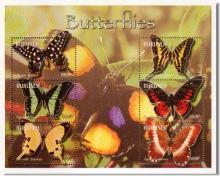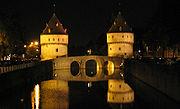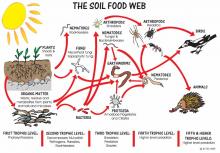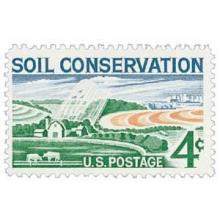
Suppression of soil-active arthropods by repeated yearly imidacloprid applications
Author: D.C. Peck (2009) Pedobiologia 52, 287-299
Diminution d’arthropodes du sol par l’application répétée annuellement d’imidaclopride
Une étude a été conduite sur une période de 3 ans sur une pelouse expérimentale pour détecter, mesurer et comparer les effets d’une substance de contrôle du ver blanc (coléoptère) sur l’abondance des arthropodes du sol. Les effets à court terme (ceux causés par une seule application) et les effets cumulatifs (ceux attribués aux applications annuelles répétées) ont été évalués pour cinq types différents de substances de contrôle : trichlorfon (un insecticide de contact organophosphate), l’imidaclopride (un insecticide systémique néonicotinoïde), l’halofenozide, des nématodes entomopathogènes et du soufre élément.
Un effet à court terme cohérent résultant d’applications individuelles n’a pas été détecté. Mais les résultats de trois applications annuelles consécutives d’imidaclopride sur une même parcelle a fait diminuer les populations d’hexapodes, de collemboles, de thysanoptères, et de coléoptères adultes de 54 à 62%. Le trichlorfon, l’halofénozide, le soufre et les nématodes n'eurent aucun impact perceptible sur l'abondance des arthropodes non cibles mesurée dans cette étude. Le fait que l’imidaclopride ait un impact environnemental plus élevé que le trichlorfon peut être dû à sa persistance dans le sol.

